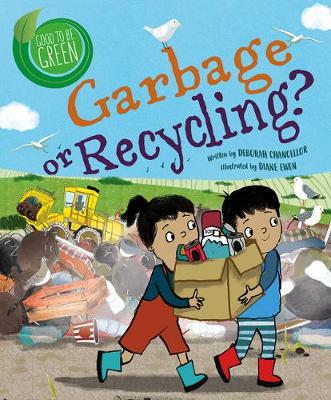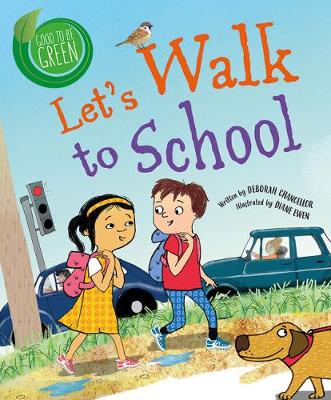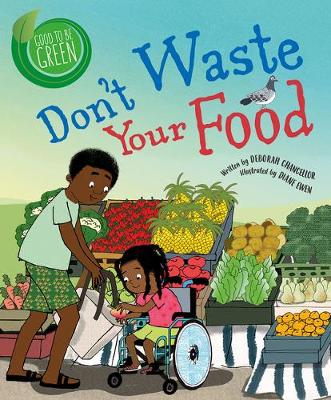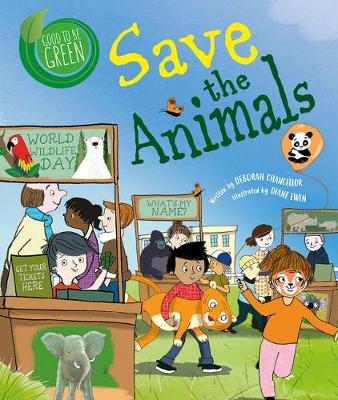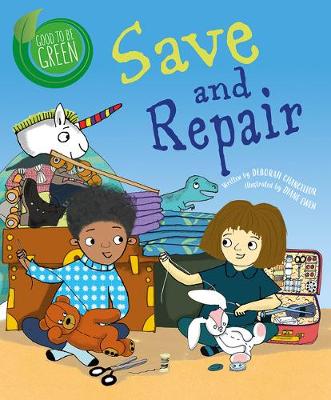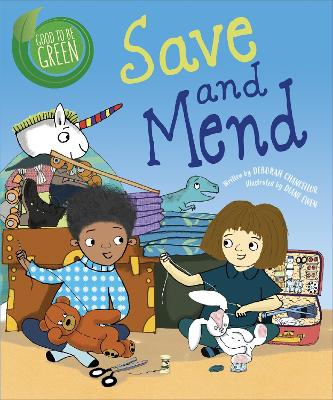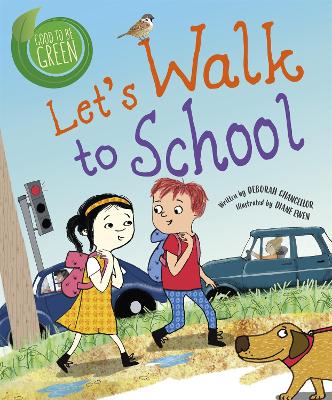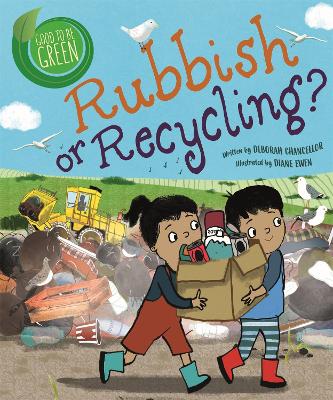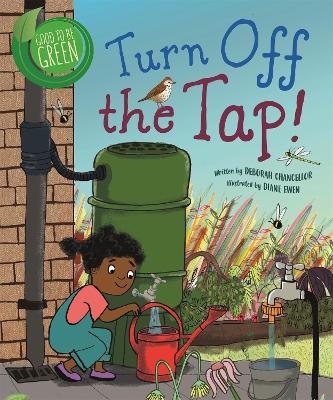Good to Be Green
11 total works
In this environmental education story, Molly wants to have a clear out of her toys and finds out why it's not a good idea just to put them in the bin, and what she can do instead. The story is a great resource for helping children understand what happens to waste and how we can reduce, reuse and recycle.
Good to be Green is a series of six environmental education books that help children age 6+ explore green issues and find out what they can do to help the planet. Each book features the story of a child who is exploring their world and learning why it's important to think green. Alongside the stories are fact boxes with extra information and at the end of each story there are activity ideas, teaching notes and a quiz. Each story is accompanied by bright illustrations by Diane Ewen.
This environment education story follows Tom who is usually driven to school by his mum, but they always get stuck in traffic. At last Tom walks to school, and he learns that walking is better for your health and so much better for the planet. Panels alongside the story explore topics such as pollution and climate change.
Good to be Green is a series of six environment education books that help children age 6+ explore green issues and find out what they can do to help the planet. Each book features the story of a child who is exploring their world and learning why it's important to think green. Alongside the stories are fact boxes with extra information and at the end of each story there are activity ideas, teaching notes and a quiz. Each story is accompanied by bright illustrations by Diane Ewen.
In this environmental education story, Leo finds out what happens to animals when their habitats disappear and, with the help of his class, he holds a wildlife action day to help. The story is a great resource for helping children understand why habitats disappear and looks at topics such as global warming, and endangered animals and habitats such as rainforests and coral reefs.
Good to be Green is a series of six environment educational books that help children age 6+ explore green issues and find out what they can do to help the planet. Each book features the story of a child who is exploring their world and learning why it's important to think green. Alongside the stories are fact boxes with extra information and at the end of each story there are activity ideas, teaching notes and a quiz. Each story is accompanied by bright illustrations by Diane Ewen.
Twins, Nadia and Nasir are keen to enter the school recycling competition, but what should they make? As they explore the rubbish in their house, they discover what can and can't be recycled and what happens to their rubbish. They learn about reducing, reusing and recycling and come up with a clever plan to help everyone at school work out what is rubbish and what is recycling.
Good to be Green is a series of six environment education books that help children age 6+ explore green issues and find out what they can do to help the planet. Each book features the story of a child who is exploring their world and learning why it's important to think green. Alongside the stories are fact boxes with extra information and at the end of each story there are activity ideas, teaching notes and a quiz. Each story is accompanied by bright illustrations by Diane Ewen.
This environment education story follows Tia who is always being told by her mum to turn off the tap to save water - but why is this important? Through the story, Tia learns why water is precious and the small steps she can take to help to save it.
Good to be Green is a series of six environment education books that help children age 6+ explore green issues and find out what they can do to help the planet. Each book features the story of a child who is exploring their world and learning why it's important to think green. Alongside the stories are fact boxes with extra information and at the end of each story there are activity ideas, teaching notes and a quiz. Each story is accompanied by bright illustrations by Diane Ewen.
